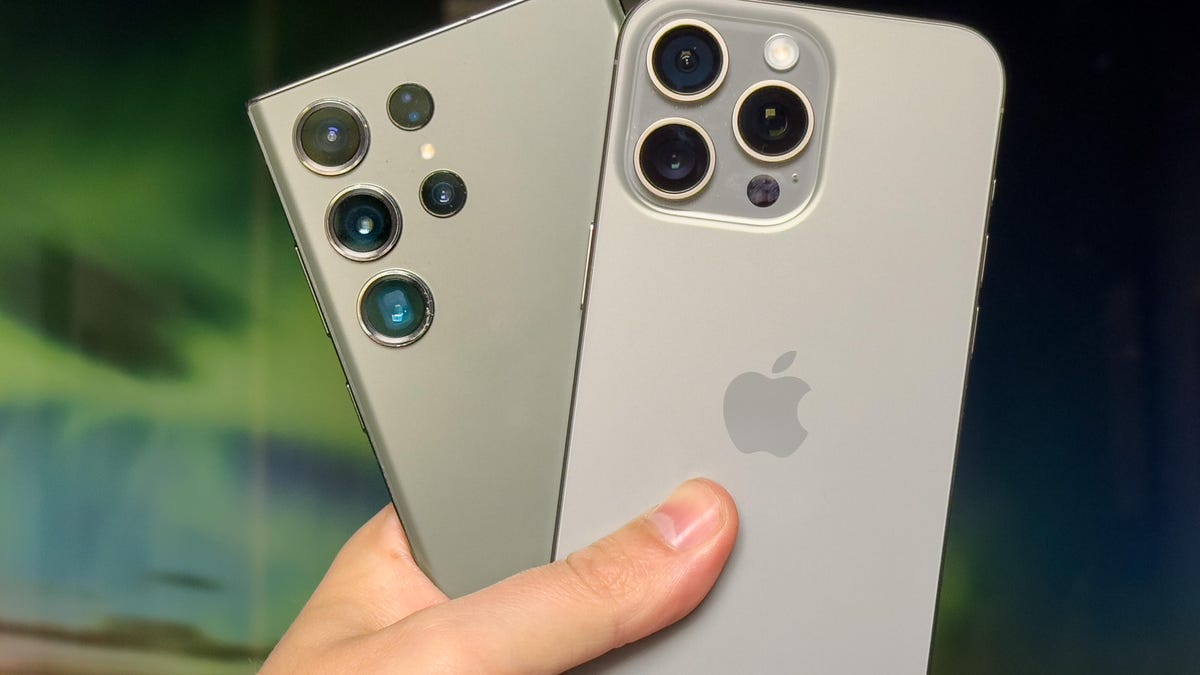The iPhone 16 Pro already has a great camera system capable of taking photos so good you'd think they were taken on pro-level mirrorless cameras. I love the quality of all three rear lenses, and while I like recent features, such as the Photographic Styles and Apple's ProRaw image format, I think there's more the company can do to help photographers take their best ever photos.
I've spent 14 years reviewing iPhones and Android phones from all brands for CNET, and as a professional photographer I've always had an eye toward testing the cameras of top models like the Galaxy S25 Ultra and Pixel 9 Pro. In that time, I've found a variety of features that I'd love to see Apple incorporate into its upcoming iPhone 17.
So let's get started.
Samsung's My Filters color filter clone
My Filters, as Samsung sometimes calls it, is a tool hidden inside recent Galaxy camera phones. It essentially lets you steal the color tones from one image and apply them to another. Say you found a lovely photo online with dreamy pastel tones and warm highlights. You can save that image to your phone (even a screenshot of it will do), load it into the filter creation tool within the camera app and it will then create a new filter that aims to replicate the tones of that image. That filter will then be saved to your phone for you to apply to all your images later on.
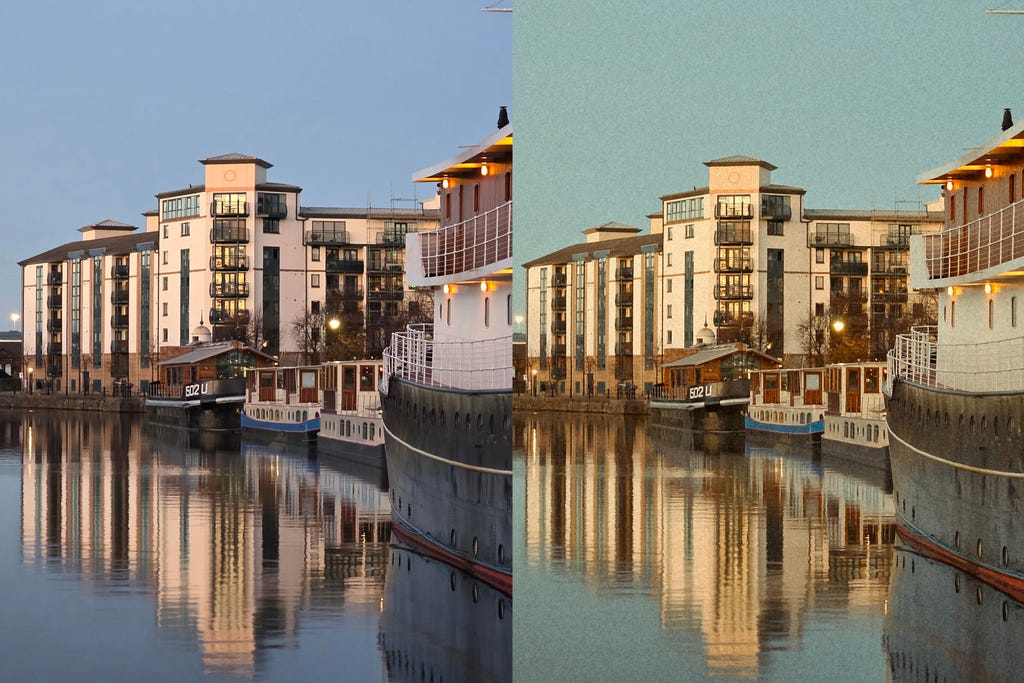
The original image (left) and the edited version using my custom filter (right). I love the warmer tones, the teal sky and the film grain. It's given it a very vintage look and I really like it. Andrew Lanxon/CNET
While the filters it creates are not always especially accurate to the source image (sometimes the effects can be quite subtle), I do like the results you can get from it. I've been able to create some lovely filmic looks that I've customized to try and give the impression of old Kodak film stocks.
Apple's Photographic Styles is the nearest thing the iPhone has, and while some of the looks are nice enough, there's not a lot of scope for getting truly creative with colors, film grain and other effects. I'd love to see Apple expand on its Photographic Styles tool to give the sort of filmic looks Fujifilm has achieved so well with its customizable "recipes" on its ever-popular cameras like the X100VI.
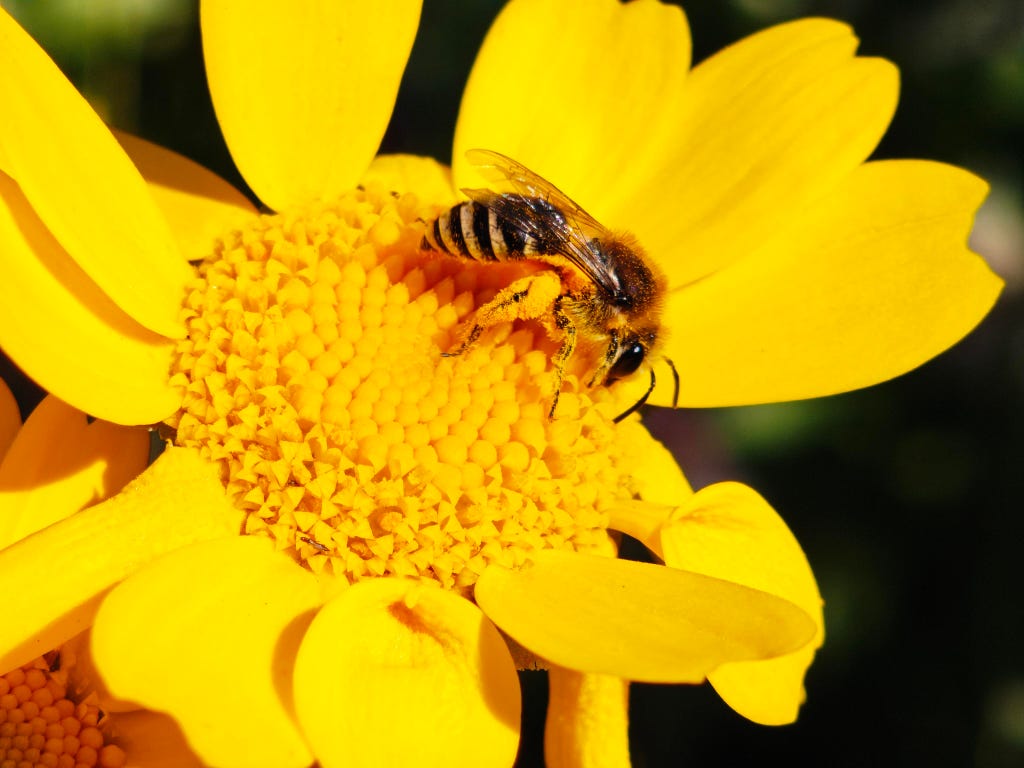
The Nothing Phone 3 has a great macro mode. Andrew Lanxon/CNET
Nothing Phone 3's Macro Mode
I wasn't all that impressed with the Nothing Phone 3 in my recent review and a large part of that was down to the overall disappointing camera performance. But it does have one saving grace in its macro mode. As someone who runs a photography YouTube channel specializing in macro photography, I feel I have a high bar for what looks good when it comes to close-up photos of tiny things like insects or flowers. But even I have to admit that this phone takes superb close-up photos.
The iPhone 16 Pro also has a macro function which uses the ultrawide lens to achieve close-up focusing. And while it certainly succeeds in getting up close and personal with whatever insect you happen to find, images don't always look great from it. I've found colors to look a little drab, though. And while it can focus close to the lens, it results in a wide-angle view. This means you'll need to get your phone right up close to an insect, likely scaring it off.
I found Nothing's macro mode to look much more natural in its image processing, with vibrant colors. As it doesn't appear to rely on the ultrawide lens, it gives a closer view on your subject without the wide angle distortion. Fine, macro photography might be a niche use, but it's also something that anyone with a phone can do (versus having dedicated macro equipment). I'd still love to see Apple work on its close-up skills.
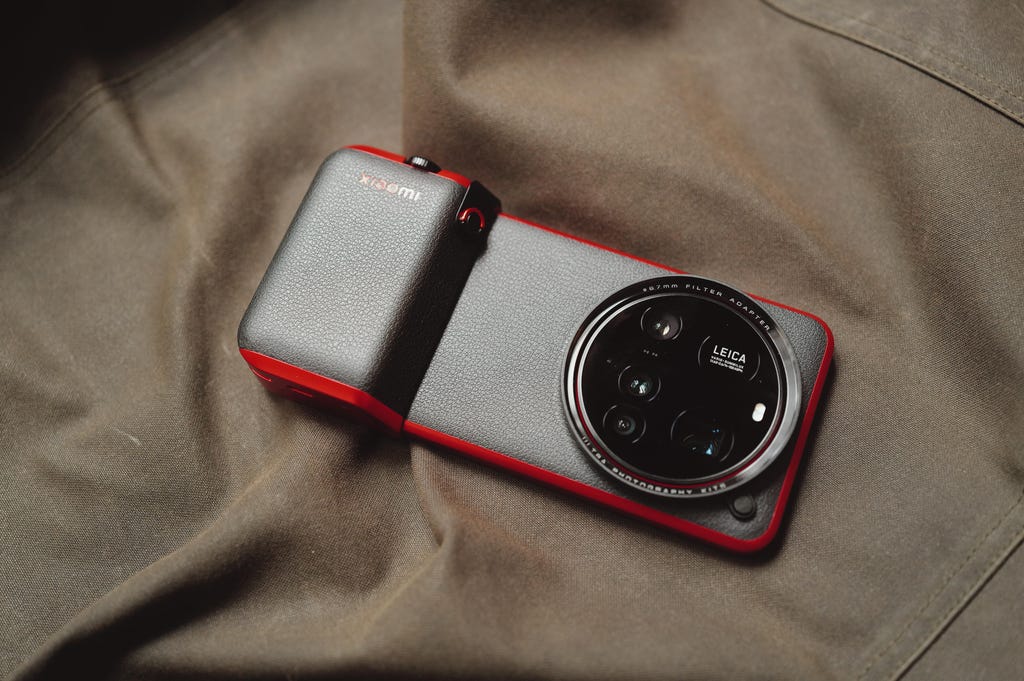
With the grip attached you can hold and use the Xiaomi 15 Ultra just like a regular compact camera. Andrew Lanxon/CNET
Xiaomi's 15 Ultra camera grip
I loved Xiaomi's 14 Ultra and 15 Ultra phones, finding them capable of taking some of the best photos I've ever seen from phone cameras. There's a lot of reasons why these phones are great for photographers, but one of my favorite things about shooting with them are the Xiaomi-made accessories, including the camera grip and filter mount.
The grip in particular is super helpful as it allows you to hold the phone just like a regular compact camera, while the built-in shutter button makes it easier to snap away without having to tap the screen. The filter mount meanwhile allows me to use the same professional screw-in filters (like pro-mist, circular polarizers or neutral density filters) that I use with my professional camera kit.
Apple doesn't make a camera grip for the iPhone and while there are various third party ones, I haven't found many I really love to use. The Leica Lux grip is as well-built as you'd expect from the iconic photography brand, but it relies on MagSafe which feels risky trusting your phone to hold in place only with magnets and it will only work with the Leica app, not with the default iPhone camera app. (Oh, and it's a nearly $400 accessory.)
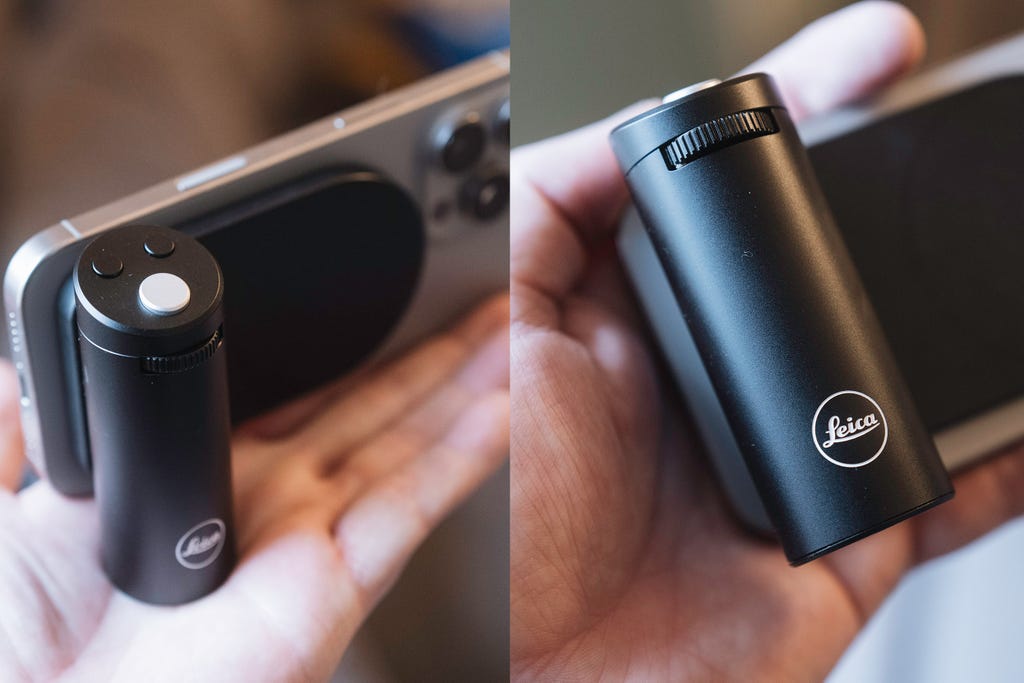
Leica's Lux grip attaches only using MagSafe and I wouldn't want to trust it to hold my phone in place while walking quickly around town. Andrew Lanxon/CNET
Xiaomi's kit, being made by the company itself and for the specific phone, works seamlessly, connecting securely to the phone and working as expected with the default camera app. The iPhone is amazing as an everyday carry camera, but it could be elevated dramatically if Apple created hardware accessories specifically for photographers.
Xiaomi 14 Ultra's variable aperture
While I'm on the topic of Xiaomi, the company's 14 Ultra is definitely worth stealing from. In particular, the variable aperture in its main camera can go from wide open at f/1.7 and close down to f/4. Most phones have a fixed aperture and while you'd rarely notice the difference, when it comes to night-time photography, the Xiaomi 14 Ultra was amazing.
By closing down the aperture, I was able to create authentic starburst effects around points of light like streetlights in exactly the same way that you would by using a narrow aperture with a mirrorless camera and lens on a tripod. I loved the images I captured with the phone as they looked so much more professional than the weird amorphous blobs seen around light sources in night photos from other phones.

The starburst on the streetlight makes this image what it is. Andrew Lanxon/CNET
I won't hold my breath on this one as even Xiaomi didn't stick with the technology for long. While the company made a big deal about it on the 14 Ultra, when it launched the 15 Ultra a year later, the variable aperture was nowhere to be seen. Perhaps the mechanics make the phone too expensive to produce or maybe there just wasn't enough benefit -- or demand -- for starbursts in night photos.
Either way, it was a real highlight for me and it's something I'd love to see Apple implement in the iPhone 17's camera.
Xiaomi and Sony's external lens cameras
Yes, I'm talking about Xiaomi again. But also Sony, so simmer down. At MWC earlier this year Xiaomi showed off a concept for a camera and lens unit that attaches to your phone but contains its own large image sensor and larger, higher-quality optics. It harnesses the computing power, image processing and larger display of your phone, but offers much better overall image quality than the tiny cameras in your phone are able to achieve.

Unlike most phone camera lenses, this lens has actual iris blades to open and close the aperture. Andrew Lanxon/CNET
Sony actually had a similar idea itself all the way back in 2013, packing its QX100 and QX10 cameras with a large image sensor and full zoom lens, but no screen. Like the Xiaomi concept, it connected to a phone to act as the display. While Sony's product did go on sale, it never really took off and the company didn't return to the format, while Xiaomi's is firmly still in "concept" territory.
I certainly won't be alone in having daydreamed about what an Apple camera would be like. Pairing the top-end image processing Apple is able to achieve with its iPhones with a significantly larger image sensor and pro-standard lens optics could result in an absolute photography powerhouse for both casual snappers and pros alike.
And while I don't ever foresee the company launching an actual stand-alone camera, I'd love to see it create a camera unit like Sony's and Xiaomi's that's designed to work in tandem with an iPhone. Do I expect to see this at the iPhone 17 launch? Absolutely not. Will I dream about it anyway? Damn right.



